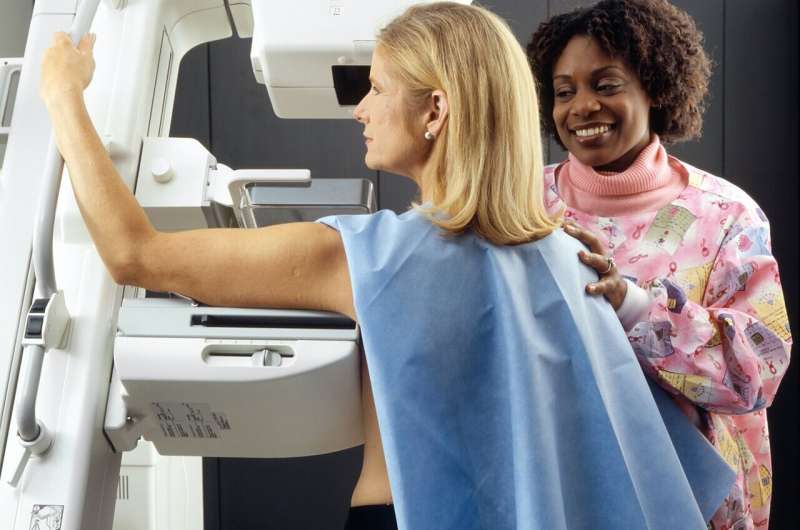Enhancing Patient Outcomes Through Routine Breast Cancer Screening

Routine breast cancer screening significantly improves patient outcomes by enabling early detection, reducing disease severity, and decreasing mortality rates. Recent research advocates for broader screening initiatives to save lives.
Recent research underscores the importance of regular breast cancer screening in improving clinical outcomes. A study published in Radiology: Imaging Cancer compared breast cancers detected through routine screening mammography with those identified after symptom presentation. The findings reveal that patients whose cancers were found via screening had lower chances of advanced disease stages, required less invasive treatment, and experienced lower mortality rates.
The study analyzed data from 821 women aged 40 and above diagnosed with breast cancer in 2016. Over half of these cases (50.1%) were diagnosed after symptoms appeared, which was more common among women aged 40-49 and those over 75. Notably, women diagnosed after symptoms had a 63% higher risk of death within approximately 6.7 years of follow-up, and many died shortly after diagnosis, highlighting the critical role of early detection.
These findings support the shift toward earlier and more widespread screening initiatives. Current guidelines in the U.S. and Canada recommend biennial screening for women aged 40 to 75 at average risk, with some advocating for the inclusion of women over 75. The study suggests that lowering the screening age to 40 could lead to better outcomes, reduce the number of advanced cases, and save lives.
Dr. Jean M. Seely, lead author and radiology expert, emphasizes that reducing barriers to screening and expanding age guidelines could significantly impact breast cancer mortality rates. As health policies evolve, these insights highlight the importance of routine screening in the fight against breast cancer.
Stay Updated with Mia's Feed
Get the latest health & wellness insights delivered straight to your inbox.
Related Articles
Brief and Concise Messaging Enhances Clinical Trial Recruitment Effectiveness
A recent study highlights that shorter, clearer recruitment messages significantly increase participant enrollment in clinical trials, emphasizing the importance of message design for successful trial recruitment.
How New Information Influences Brain Navigation in Changing Environments
New research uncovers how the brain's hippocampus and prefrontal cortex rapidly adapt to new information, enabling flexible navigation in dynamic environments, with implications for neurological disease understanding.
Physicians Explore Reddit to Understand Self-Management Strategies for Inflammatory Bowel Disease
Scientists analyze Reddit posts to understand how online communities support self-management of inflammatory bowel disease, highlighting opportunities for improved patient-centered care.
Impact of Extreme Temperatures on Mental and Physical Health: Insights from Karachi
Extreme heat in Karachi severely impacts residents' mental and physical health, highlighting the urgent need for resilient infrastructure and community support during climate crises.



